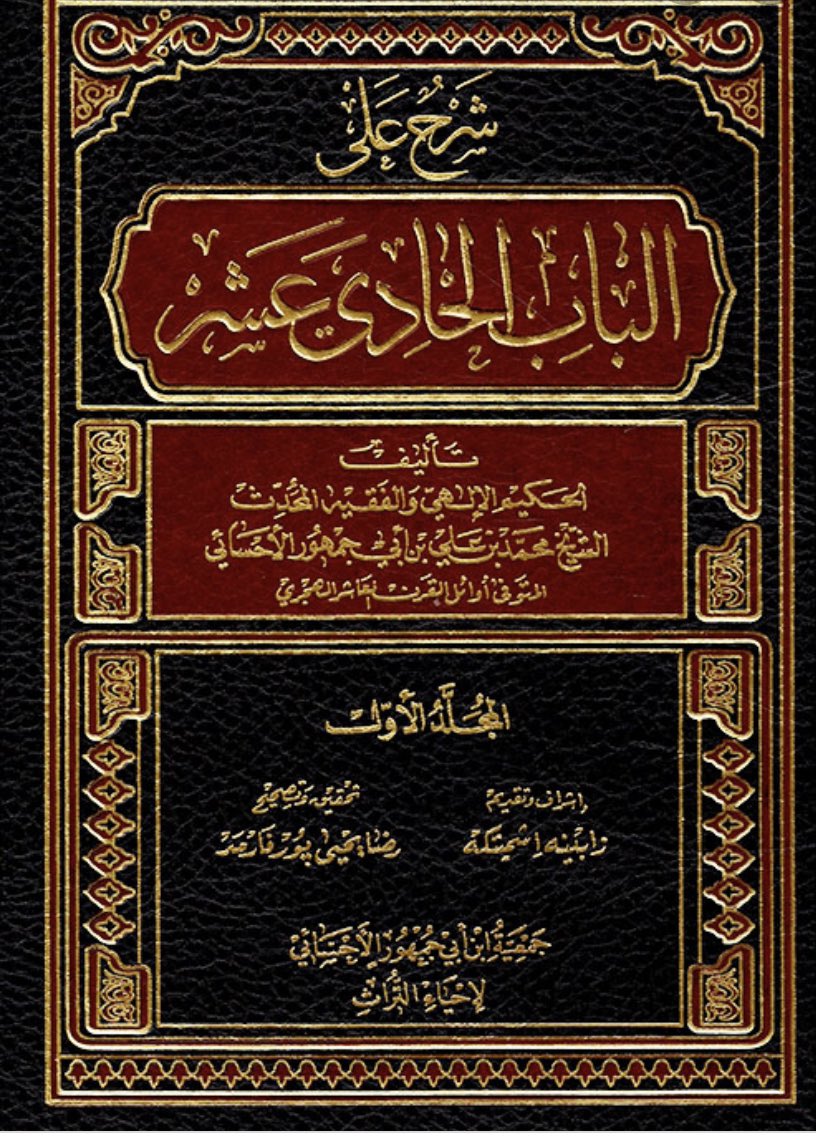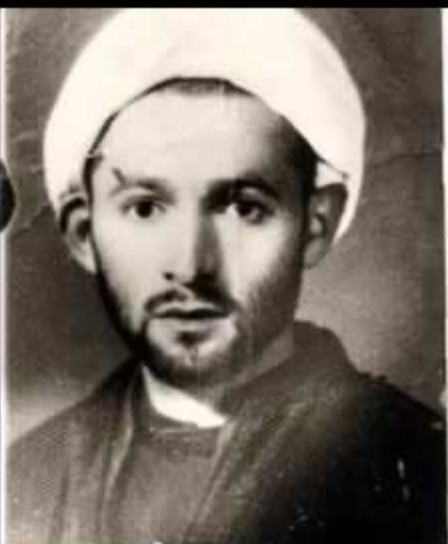#manuscripts MS King Abdul Aziz Library Riyadh 906 #IslamicPhilosophy Mawdih al-diraya Li-sharh bab al-hidaya of Ibn Abi Jumhur al-Ahsa’i (d. 909/1503) 1/ 





IAJ was a prolific author in theology #fiqh philosophy on the cusp of the #Safavid period and there is a Institute devoted to publishing his work based in al-Ahsa headed by Sayyid ‘Ali al-Musa 2/ 



His best known works are his massive al-Mujli a combination of insights from #Shii #kalam #Avicennism #IshraqiPhilosophy and the #Sufism of #IbnArabi 3/ 



His commentary on the pithy #Shii creed al-Bab al-hadi‘Ashar of #Hilli (d. 726/1325) as well as various treatises such as Kashf al-barahin 4/ 



The most comprehensive study on him remains @scsincyberspace habilitation that does a critical job in tracing sources and influences and locating him in #intellectual_history 5/ 

The Mawdih al-diraya was completed in 892/1487 in #Mashhad and while it is not mentioned in most works it is mentioned by the author in an #ijaza to Shaykh Rabi’a b. Jum’a al-Jaza’iri (d. after 912/1506) to transmit ‘Awali his #hadith compendium 6/
That #ijaza dated 898/1493 in Astarabad gives a further list of works that Shaykh Rabi’a was authorised to transmit including Mawdih 7/
This codex was copied 1311/1894 from an early copy dated 893/1488 in al-Ahsa’ which shows that the works of IAJ circulated rather quickly partly due to the spread of his students - and further demonstrates the scholarly importance of #EasternArabia before the #Safavid period 8/
That original #manuscript according to the colophon was collated with the original #Mashhad musawwada 9/
The further fascinating thing is that this manuscript copied by a ‘Abd al-‘Aziz may have been copied in Lahore (the nasta’liq also indicates a #Persianate provenance) for Sayyid Jamal al-Din Muhammad Lahori and shows an intellectual link to #SouthAsia 10/
The Mawdih itself is a self-commentary as mentioned above on Bab bidayat al-Nihaya completed in Najaf in 892/1487 just two months before - further evidence of the circulation across #Iran 11/
Linking all the witnesses we see a text that travels from #Najaf to #Mashhad to #Astarabad to #Ahsa within a year 12/
Around the same time IAJ completed al-Nur al-munji the base test for al-Mujli and soon after went to Mecca for #hajj as such it would be useful to compare its #Ishraqi commitment to al-Mujli 13/
But what it shows is that we still have some way to go before we get a fuller picture of IAJ and the trends in #IslamicPhilosophy and #kalam before the advent of the #Safavids from a thinker who was influential in that period 14/
• • •
Missing some Tweet in this thread? You can try to
force a refresh
















